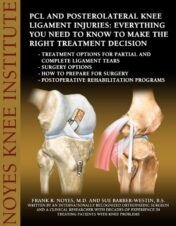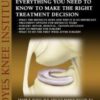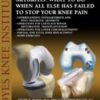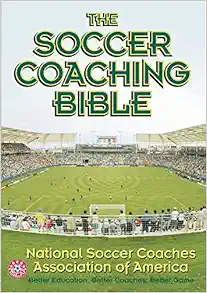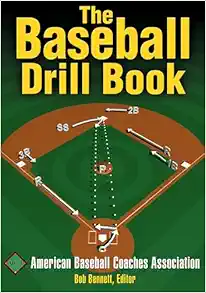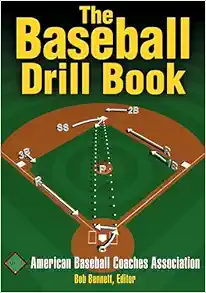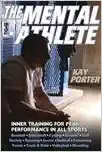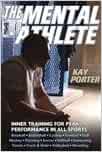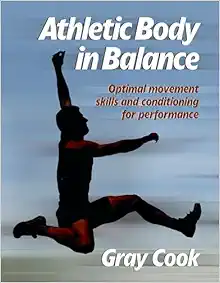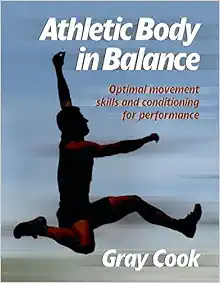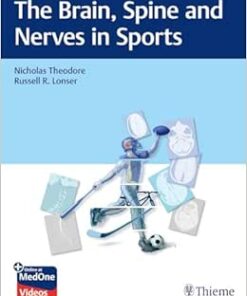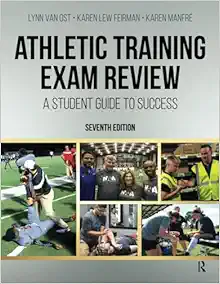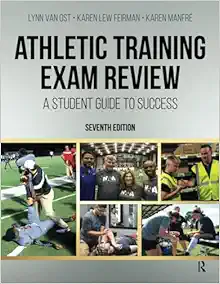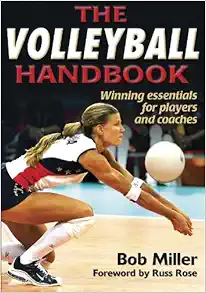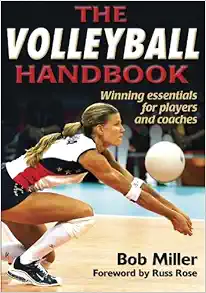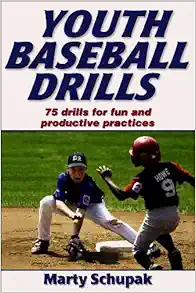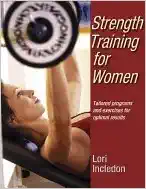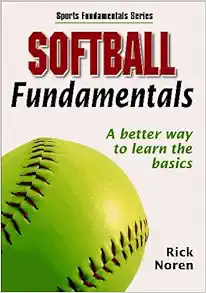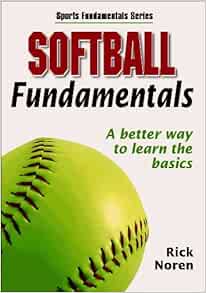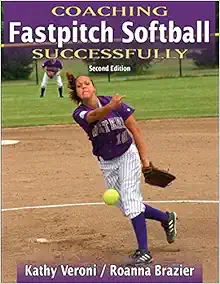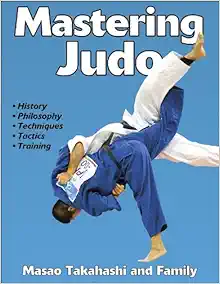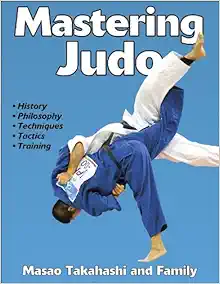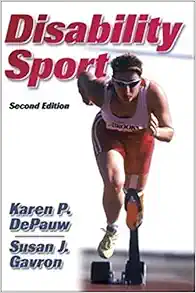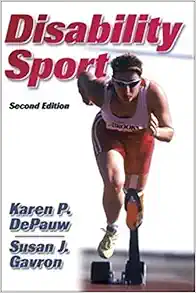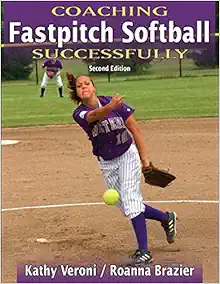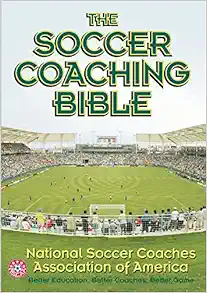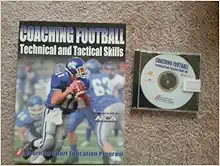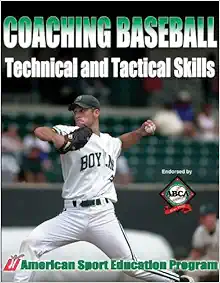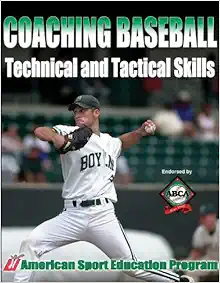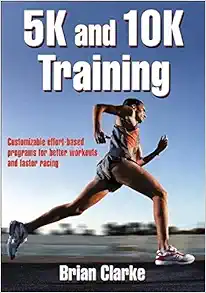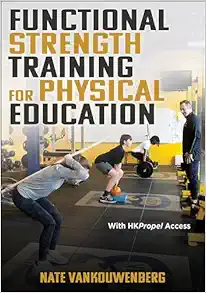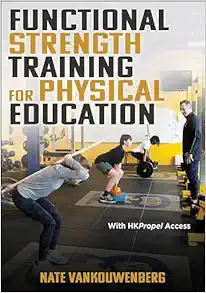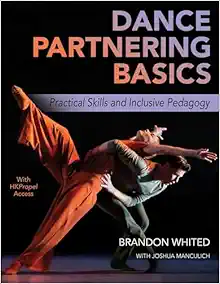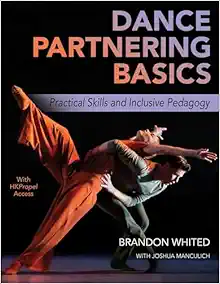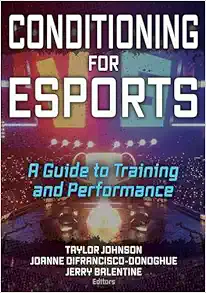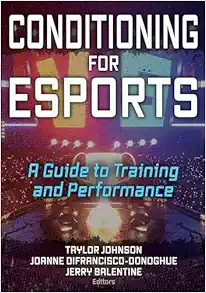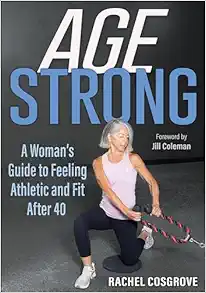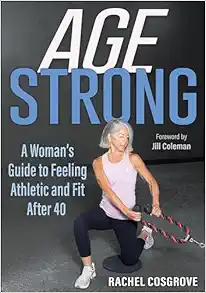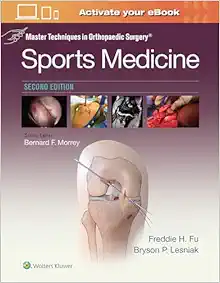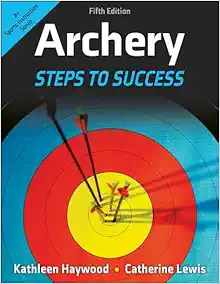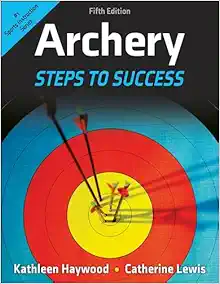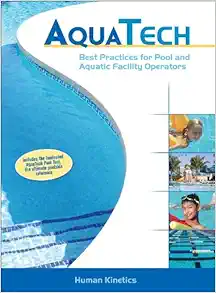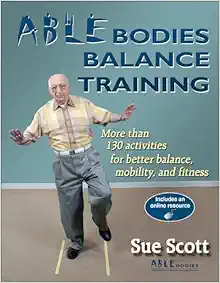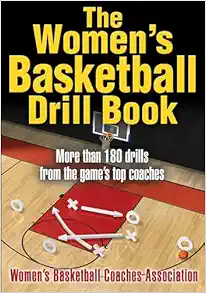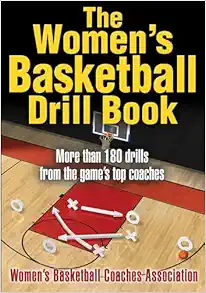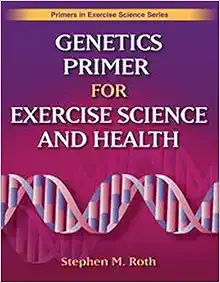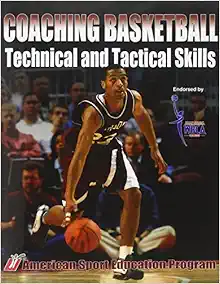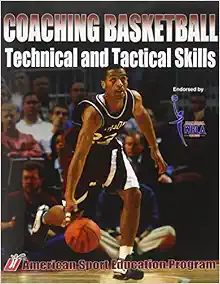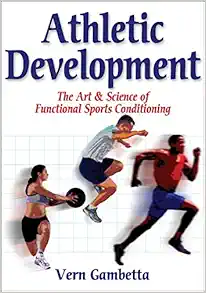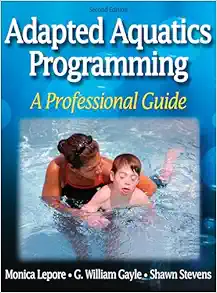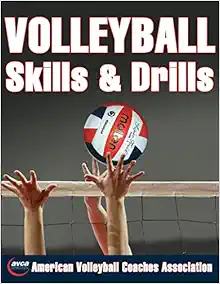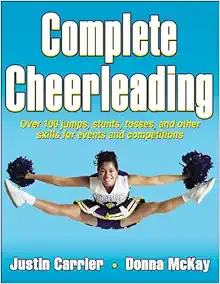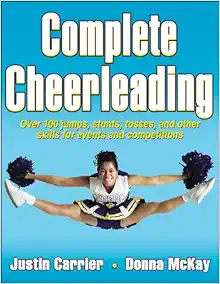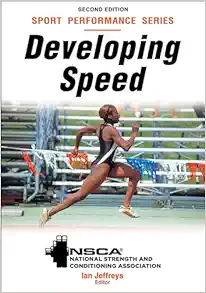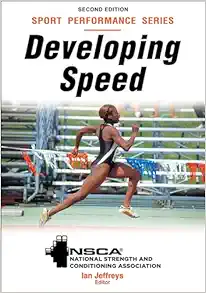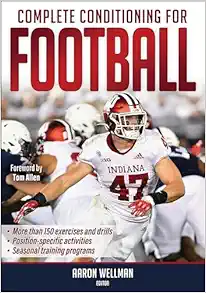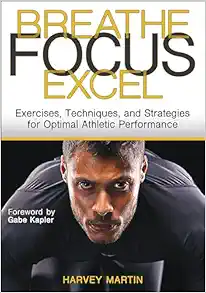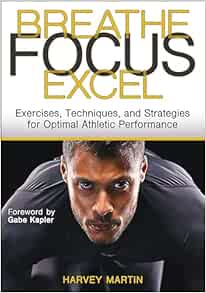PCL and Posterolateral Knee Ligament Injuries: Everything You Need to Know to Make the Right Treatment Decision: Treatment options for partial and complete ligament tears – Surgery options-How to pre pdf 2013
$15
PCL and Posterolateral Knee Ligament Injuries: Everything You Need to Know to Make the Right Treatment Decision: Treatment options for partial and complete ligament tears – Surgery options-How to pre pdf 2013
There are 4 main ligaments in the knee that help keep the joint stable when we walk, run, go up and down stairs, kneel – during any weight bearing activity. In addition, the muscles and other soft tissues in the knee joint help provide stability. While the anterior cruciate ligament (ACL) and medial collateral ligament (MCL) are commonly torn, the posterior cruciate ligament (PCL) and lateral collateral ligament/posterolateral structures (LCL/PLS) may also be injured and cause considerable problems if left untreated. There are many different combinations of ligament tears that are seen in orthopaedic and sports medicine centers. High-velocity injuries frequently cause knee dislocations, with multiple ligaments and structures torn that require immediate medical attention. The LCL/PLS are often torn along with the PCL and/or the ACL.
Injuries to the PCL and/or LCL/PLS are difficult to treat and in fact often go undiagnosed. Once detected, the decision of whether to handle these injuries conservatively (with physical therapy) or with surgery requires an orthopaedic surgeon who has thorough knowledge of knee anatomy, the ability to perform multiple diagnostic tests, experience performing various surgical reconstruction procedures, and experience directing physical therapy after surgery. Patients present with very different situations, ranging in scope from an acute isolated PCL tear to a dislocated knee to a knee with chronic combined PCL-LCL/PLS tears and early arthritis.
Problems that may happen from chronic injuries to the PCL and/or LCL/PLS include pain and instability with squatting, kneeling, stair climbing and descending, and rising from a chair. The knee may extend too far backwards (hyperextend) or bow outward, making it painful and unstable and change the way a patient normally walks. This gait abnormality may then cause problems to the hips and back. Knee arthritis is a frequent result of these injuries if they are severe and not effectively treated. Symptoms of knee arthritis include pain and swelling with sports and then, as the damage progresses, with daily activities
After treating patients for nearly 4 decades with all types of knee ligament tears, we decided to write this eBook to try to help individuals understand injuries to the PCL and LCL/PLS, the treatment options that are currently available, and what to expect as a result of these options. This eBook provides information on basic knee anatomy; the function of the PCL and LCL/PLS and why they are so important; how to find an orthopaedic surgeon; how knee ligament tears and other problems in the knee are diagnosed; the treatment options for partial and complete tears to the PCL and LCL/PLS; and advice on what to do if damage has occurred to other parts of the knee. If you decide to have surgery, we also provide information on different reconstructive options, what to expect from the operations, how to prepare for the operations, and how the operations are performed. The postoperative physical therapy programs developed over many years at our Center are also presented in detail.
Related Products
Sports Medicine Books
Sports Medicine Books
Sports Medicine Books
Sports Medicine Books
Sports Medicine Books
Sports Medicine Books
Mastering Jujitsu (Mastering Martial Arts) (Original PDF from Publisher)
Sports Medicine Books
Sports Medicine Books
Sports Medicine Books
Sports Medicine Books
Sports Medicine Books
Sports Medicine Books
The Softball Coaching Bible, Volume I (The Coaching Bible) (Original PDF from Publisher)
Sports Medicine Books
The Softball Coaching Bible, Volume I (The Coaching Bible) (EPUB)
Sports Medicine Books
Sports Medicine Books
Sports Medicine Books
Sports Medicine Books
Sports Medicine Books
Breakthrough Swimming by Colwin, Cecil published by Human Kinetics (2002) (EPUB)
Sports Medicine Books
Sports Medicine Books
The Brain, Spine and Nerves in Sports (Original PDF from Publisher)
Sports Medicine Books
Sports Medicine Books
Athletic Training Exam Review, 7th Edition (Original PDF from Publisher)
Sports Medicine Books
Sports Medicine Books
Sports Medicine Books
Sports Medicine Books
Sports Medicine Books
Softball Fundamentals (Sports Fundamentals Series) (Original PDF from Publisher)
Sports Medicine Books
Sports Medicine Books
Sports Medicine Books
Sports Medicine Books
Sports Medicine Books
Mastering Judo (Mastering Martial Arts Series) (Original PDF from Publisher)
Sports Medicine Books
Fitness Walking, 2nd Edition (Fitness Spectrum Series) (Original PDF from Publisher)
Sports Medicine Books
Sports Medicine Books
Sports Medicine Books
Coaching Fastpitch Softball Successfully (Coaching Successfully), 2nd Edition (EPUB)
Sports Medicine Books
Sports Medicine Books
The Soccer Coaching Bible (The Coaching Bible) (Original PDF from Publisher)
Sports Medicine Books
Sports Medicine Books
Coaching Football Technical and Tactical Skills (Technical and Tactical Skills Series) (EPUB)
Sports Medicine Books
Coaching Baseball Technical and Tactical Skills (Technical and Tactical Skills Series) (EPUB)
Sports Medicine Books
Sports Medicine Books
Gifted: 8 Steps to Succeeding in Sport, Work, and Life (Original PDF from Publisher)
Sports Medicine Books
Gifted: 8 Steps to Succeeding in Sport, Work, and Life (EPUB)
Sports Medicine Books
Functional Strength Training for Physical Education (Original PDF from Publisher)
Sports Medicine Books
Sports Medicine Books
Developing Endurance, NSCA – National Strength & Conditioning Association (EPUB)
Sports Medicine Books
Dance Partnering Basics: Practical Skills and Inclusive Pedagogy (Original PDF from Publisher)
Sports Medicine Books
Dance Partnering Basics: Practical Skills and Inclusive Pedagogy (EPUB)
Sports Medicine Books
Conditioning for Esports: A Guide to Training and Performance (Original PDF from Publisher)
Sports Medicine Books
Conditioning for Esports: A Guide to Training and Performance (EPUB)
Sports Medicine Books
Age Strong: A Woman’s Guide to Feeling Athletic and Fit After 40 (Original PDF from Publisher)
Sports Medicine Books
Age Strong: A Woman’s Guide to Feeling Athletic and Fit After 40 (EPUB)
Sports Medicine Books
Biochemistry for Sport and Exercise Metabolism, 2nd edition (Original PDF from Publisher)
Sports Medicine Books
Becoming a Sustainable Runner: A Guide to Running for Life, Community, and Planet (EPUB)
Sports Medicine Books
Archery: Steps to Success, 5th Edition (Original PDF from Publisher)
Sports Medicine Books
Sports Medicine Books
Badminton: Steps to Success, 2nd Edition (Original PDF from Publisher)
Sports Medicine Books
Aquatech: Best Practices for Pool and Aquatic Facility Operators (Original PDF from Publisher)
Sports Medicine Books
Sports Medicine Books
Sports Medicine Books
The Women’s Basketball Drill Book (Original PDF from Publisher)
Sports Medicine Books
Sports Medicine Books
Sports Medicine Books
Genetics Primer for Exercise Science and Health (Primers in Exercise Science) (EPUB)
Sports Medicine Books
Coaching Basketball Technical and Tactical Skills (Original PDF from Publisher)
Sports Medicine Books
Sports Medicine Books
Adapted Aquatics Programming: A Professional Guide, 2nd Edition (Original PDF from Publisher)
Sports Medicine Books
Sports Medicine Books
Sports Medicine Books
Sports Medicine Books
Sports Medicine Books
Sports Medicine Books
Promoting Elementary School Physical Activity: Ideas for Enjoyable Active Learning (EPUB)
Sports Medicine Books
Smarter Recovery: A Practical Guide to Maximizing Training Results (EPUB)
Sports Medicine Books
Run Healthy: The Runner’s Guide to Injury Prevention and Treatment (EPUB)
Sports Medicine Books
Sports Medicine Books
Sports Medicine Books
Pickleball Fundamentals, 2nd Edition (Original PDF from Publisher)
Sports Medicine Books
Sports Medicine Books
Personal Best Running: Coach Coogan’s Strategies for the Mile to the Marathon (EPUB)
Sports Medicine Books
Developing Speed (EPUB)- NSCA – National Strength & Conditioning Association, 2nd Edition
Sports Medicine Books
Complete Conditioning for Football (Original PDF from Publisher)
Sports Medicine Books

